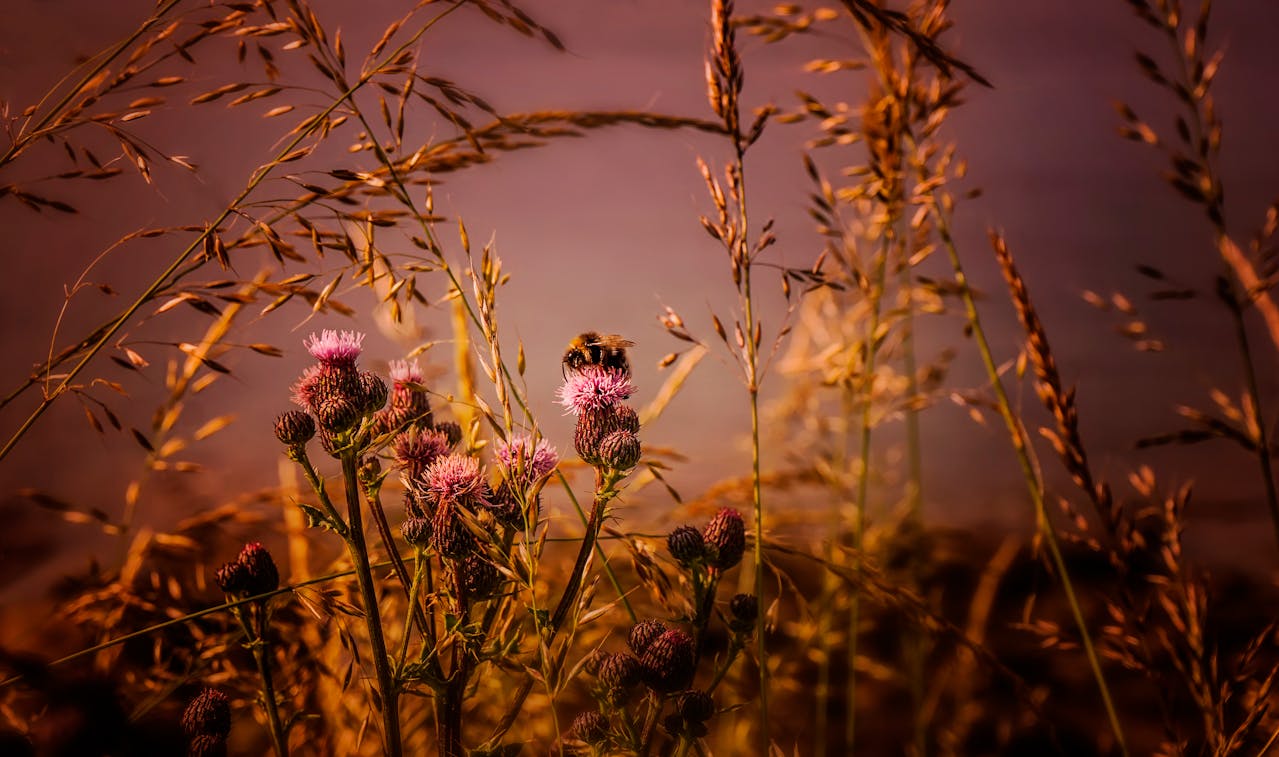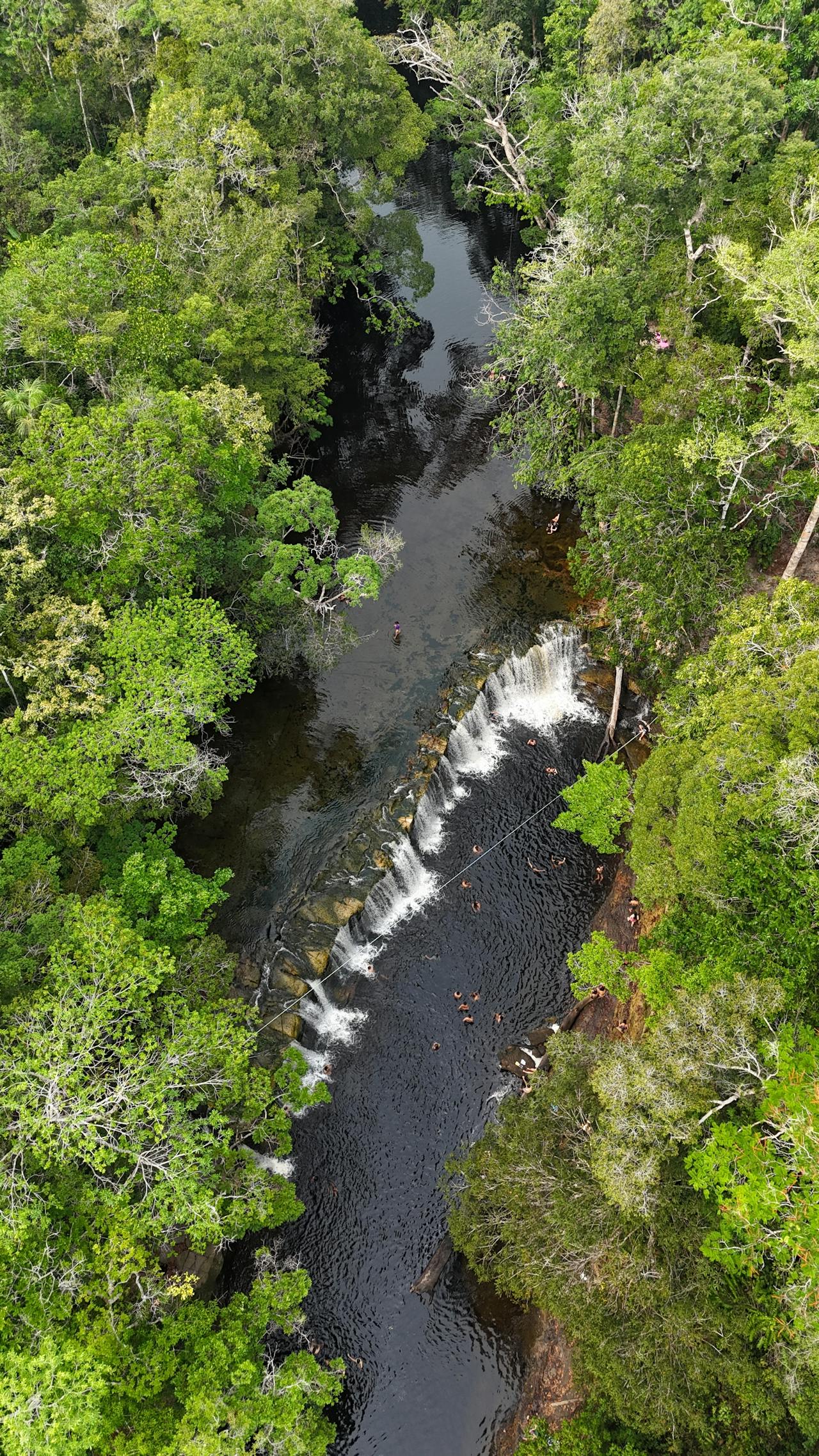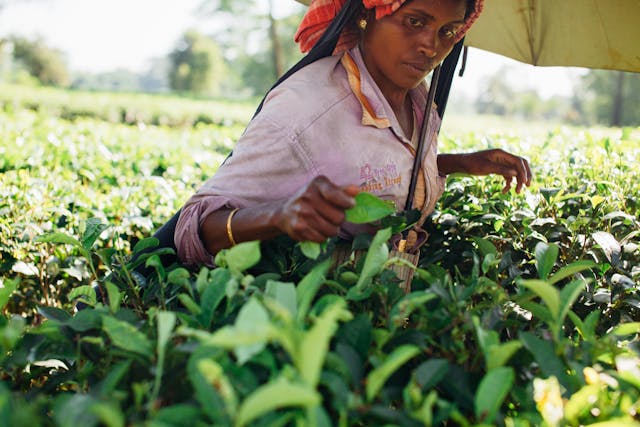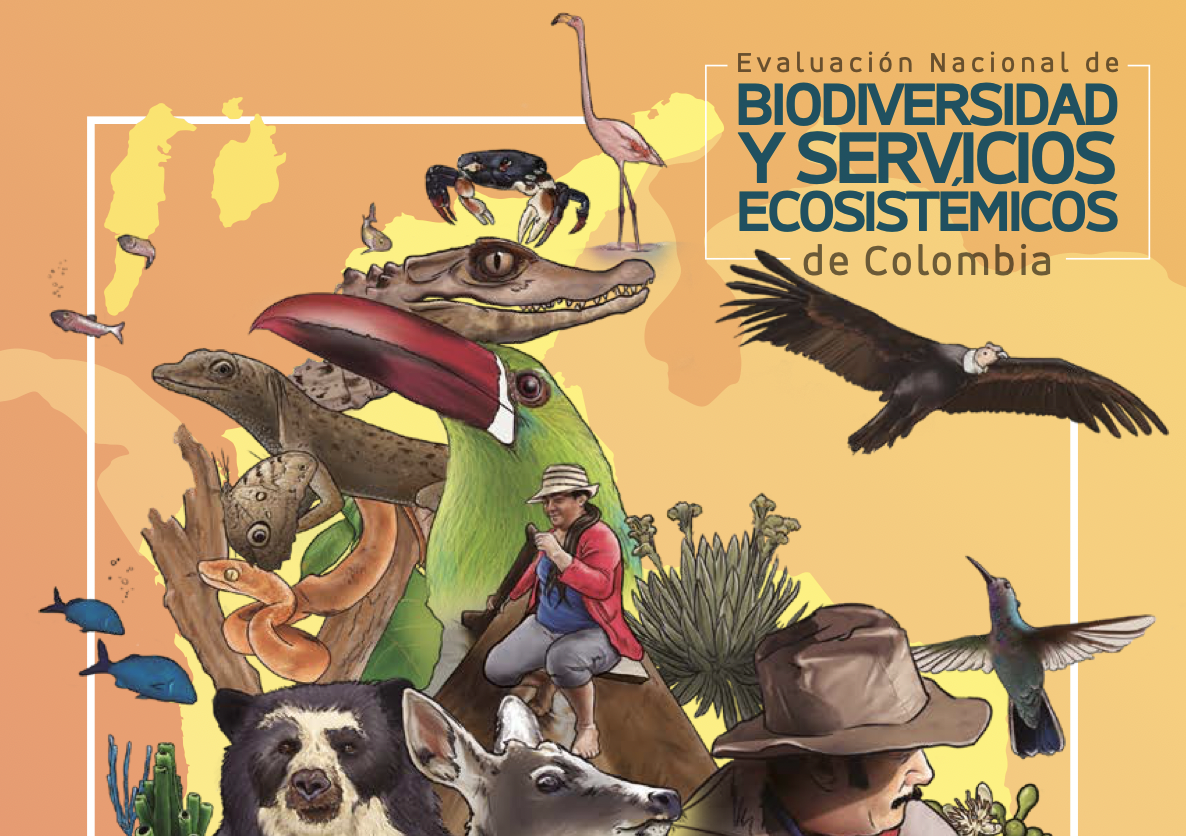Private land conservation areas (PLCs) are increasingly looked to for meeting the deficit left by state-owned protected areas in reaching global conservation targets. However, despite the increasing extent and recognition of PLCs as a complementary conservation strategy, little research has been done to quantify their effectiveness; a critical consideration if they are to be counted towards international biodiversity conservation targets. The long history of PLCs in South Africa provides an interesting case study to address this knowledge gap. Here, we quantified the effectiveness of South African PLCs by comparing losses in natural land cover and biodiversity intactness within PLCs with different levels of protection to that of unprotected control points. Points within PLCAs were matched with unprotected control points to test the prediction that if PLCs offer effective protection, losses in natural land cover and biodiversity intactness would be significantly lower within their boundaries in comparison to unprotected controls exposed to similar conditions. Consequences of natural land cover loss on biodiversity intactness were thus assessed, thus advancing standard approaches for quantifying effectiveness. Between 1990 and 2013, PLCs lost significantly less natural land cover (3%) and biodiversity intactness (2%) than matched unprotected areas (6% and 4%, respectively). Of the natural land cover lost within PLCs, most were converted to cultivated land. Farms can support more species than other land uses (e.g. mines), a likely explanation for why losses in biodiversity intactness were less than losses in natural land cover. Contrary to the predicted pattern, effectiveness did not increase with the level of protection; informal PLCs with no legal protection had comparable natural land cover and biodiversity intactness retention to strictly protected PLCs, with most losses recorded among PLCs with moderate protection. This study provides the first national-scale evidence that PLCs can be an effective mechanism for conserving natural land cover and biodiversity intactness, which is highly relevant given current discussions around their likely long-term biodiversity conservation capacity.
Effectiveness of private land conservation areas in maintaining natural land cover and biodiversity intactness
Year: 2019

































































































































































































































































































































































































































































































































































































































































































































































































































































































































































































































